From September 8, 2022 to November 4, 2022
Galerie Tanit, Munich, Germany
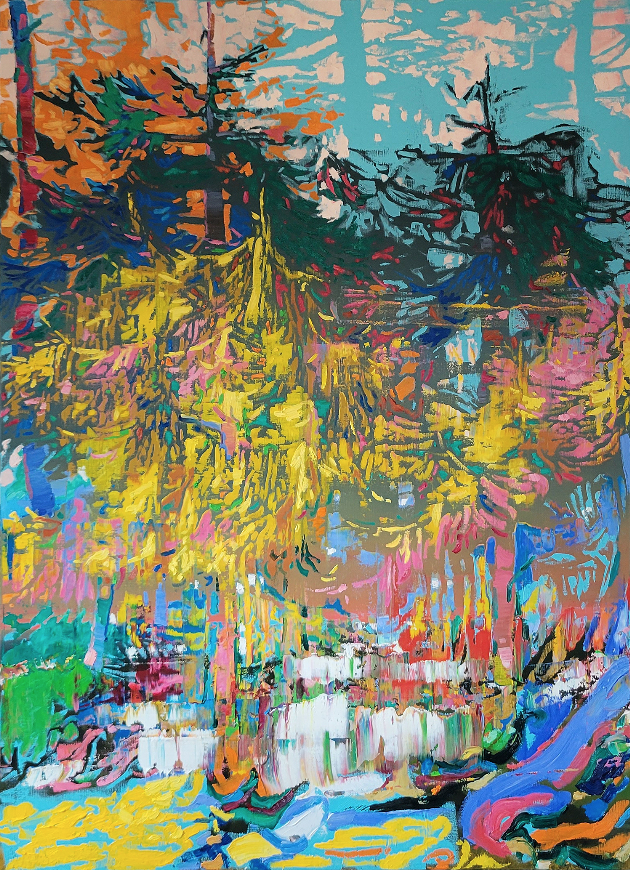
Szilard Huszank, LC Nr. 101, 200 x 150 cm, 2022, Oil on canvas
"The viewer jumps back and forth between imaginary landscape and the indeterminable aspects of the painting, tries here and there to grasp, sort out, evaluate and interpret structure, colors and form in order to somehow comprehend the painting and to penetrate into the foreign."
Opening on Thursday, September 8, 2022
From 6:00 Pm to 9:00 PM
in presence of the artist
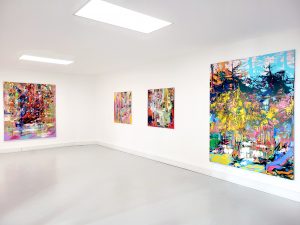
Where has Alice gone?
Colours come together to form stones, solid bodies or flowing transitions. For all their free compositions, these pictures recall nature; landscapes flash up, water landscapes in particular, sometimes more, sometimes less dissolved into shimmering coloured light. Impression of a moment, abstraction of a memory, free emotional colour shaping.
What door does such a picture open? But why, however, should a picture be a door or a window? This thought has played a part in art theory since Leon Battista Alberti in the fifteenth century. Not a higher reality has revealed itself in the picture since the Renaissance; the picture expands the viewer’s gaze and opens up a new space. It is a space that is understood to be physically tangible, even if it is endowed with metaphysical elements or can only be accessed in a dream.
What does this world behind the canvas offer? Is it really possible for one to enter this enchanted garden, do special conditions have to be met, and how should one move about in it? What may be expected, thought and done in such an art space? Does an artist like Szilard Huszank require prior knowledge from the viewer in order to understand his exceptional pictorial language, for example familiarity with the history of art – especially of the late 19th century? Does he demand knowledge of natural history and physical-physiological theories of light, or is there even a deeply felt self-revelation to be deciphered, or does he offer a friendly invitation to visit a well-tempered free space of sensations by virtue of his ability to play the colour organ?
Neither the search for the original invention achieved through artistic experience, nor the viewer’s interpretation projected onto the images do not provide a sufficiently comprehensive understanding of a work of art. Neither the intensity and the biographical context of the artistic production, nor the sophistication of the transmission and reception are alone criteria for a successful picture.
It only becomes truly interesting when a third thing moreover manifests itself: An emotional experience, which does not necessarily have to be that of the artist and which extends beyond the everyday life of the art user. For it is not decisive from what something has been abstracted; for a fruitful dialogue, it is decisive that it has been abstracted into something that can turn it into a potential starting point from which one can continue. This does not only mean recognizing a lily pad here, a young shoot there, or an old branch, seeing the light of a special day again, or supposedly hearing a soft splash; it quite fundamentally means that part of an artwork that, as a permanently indeterminate thing, distinguishes it from an illustration or a merely depictive image. No linearly comprehensible cognition is required here; what occurs is rather the breakthrough of freedom in a working method that is increasingly governed by rules, be they of an aesthetic or political nature. Painting’s unique capacity to survive lies precisely in the fact that it brings this free moment of the blur, which is always to be sounded out anew, into a permanent form and makes it available for accessing outside of predetermined time structures (such as music and multimedia) for longer periods of time.
Painting is thus always a multiple paradox: not only is the picture not what is depicted, it is also always a precise shaping of the imprecise, a fixed form of the open. What is decisive, then, is not what there is to see, but rather precisely what there is not to see within the framework of what is given in each case. This non-summoned, but meaningfully (not arbitrarily!) associated by the viewers, produces the image while seeing, thus endowing the viewers their own autonomy in the process of the reception of art. Especially in the case of Szilard Huszank: a landscape garden for always differently perceived mental walks.
And what if that shrill shimmering stream of the Garden of Eden should then be poisoned? No mortal danger lurks in that case, only another kind of exhilaration. Or perhaps an inkling of how mysteriously different perception can be and that what is perceived – like nature itself – is subject to constant change. Raising the waterfall to stardust simultaneously means grinding it up. And the dream reconstructs the vanishing world in the best possible way.
– Hajo Schiff
Artists
Publications

Download Information
Image Gallery
Szilard Huszank
LC Nr. 85 _ 180x150
2019
Oil on canvas
180 x 150 cm

Szilard Huszank
LC Nr. 97 _ 180x150
2020
Oil on canvas
180 x 150 cm
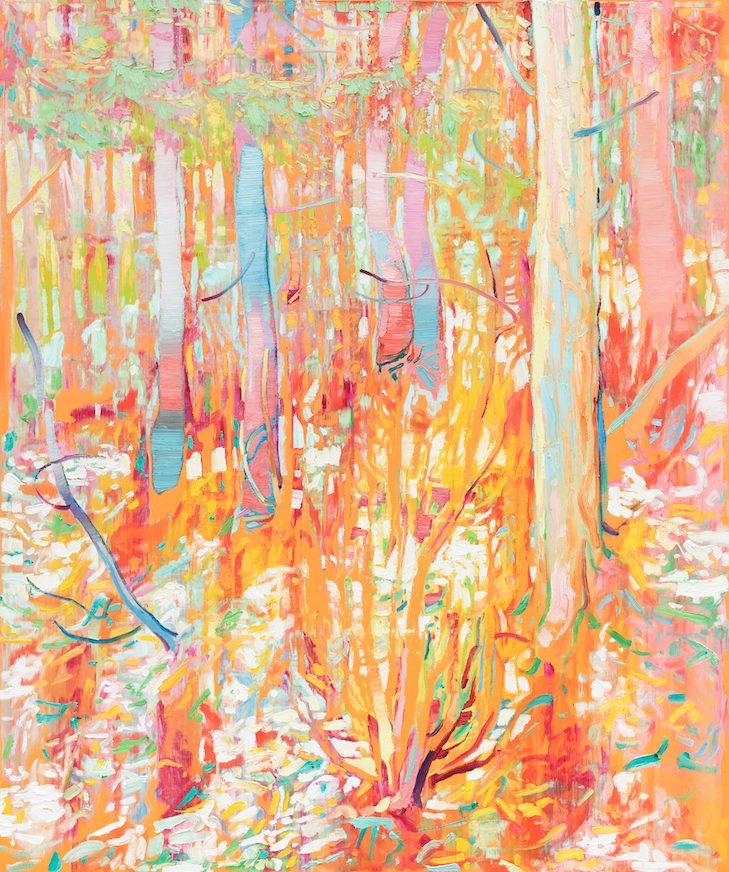
Szilard Huszank
LC Nr. 60 _ 40x50
2020
Oil on canvas
40 x 50 cm

Szilard Huszank
LC Nr. 66 _ 40x50
2020
Oil on canvas
40 x 50 cm
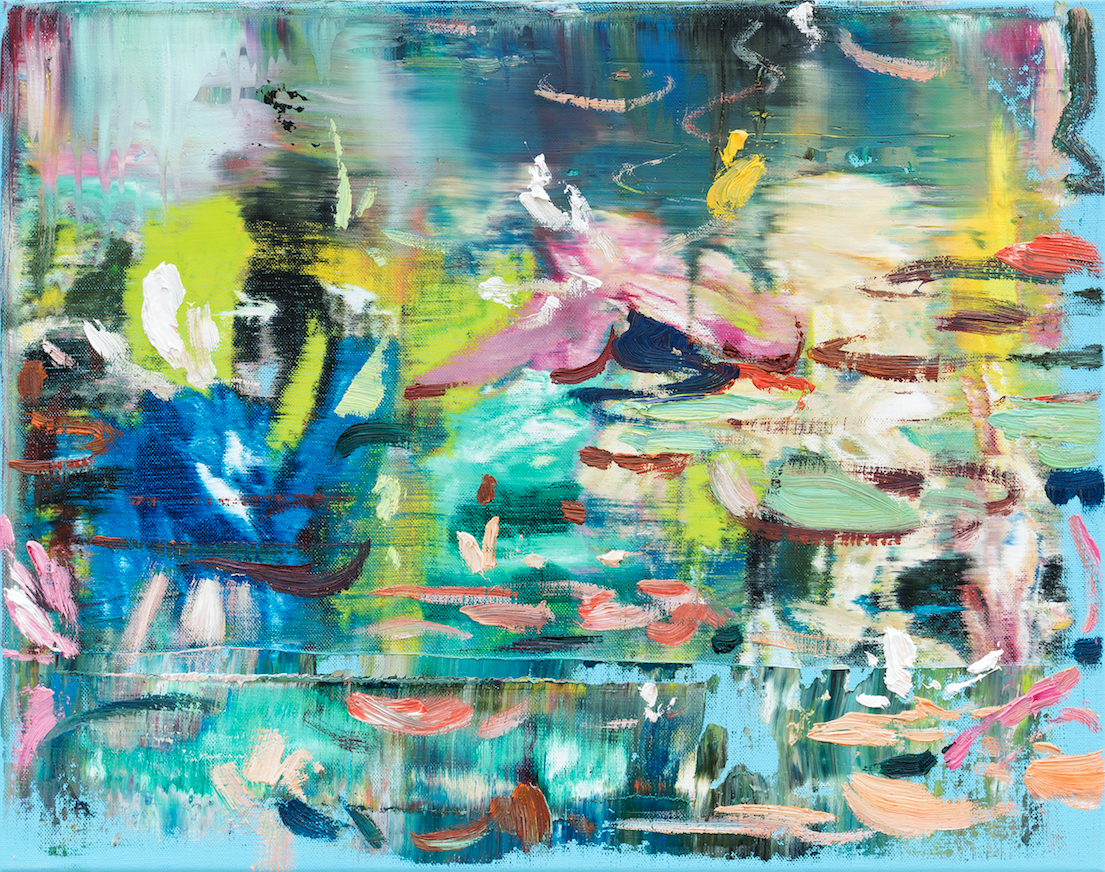
Szilard Huszank
LC Nr. 98 _ 100x100
2018
Oil on canvas
100 x 100 cm
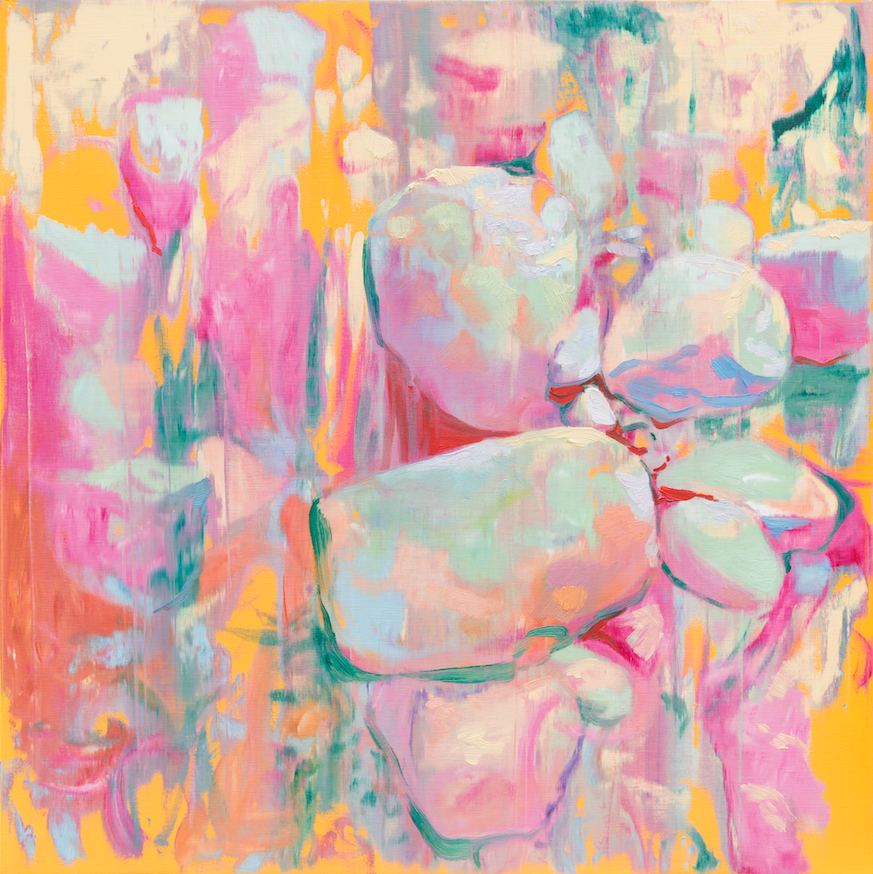
Szilard Huszank
Imagine, Exhibition
2022

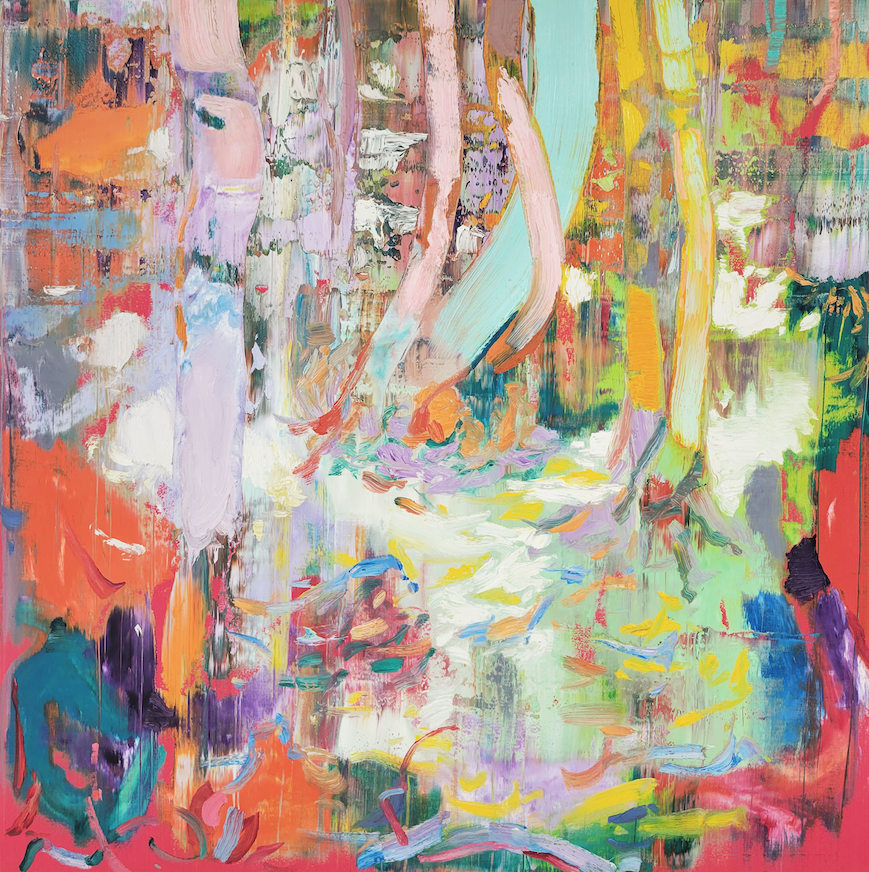
Szilard Huszank
LC Nr. 100 _ 100x100
2018
Oil on canvas
100 x 100 cm
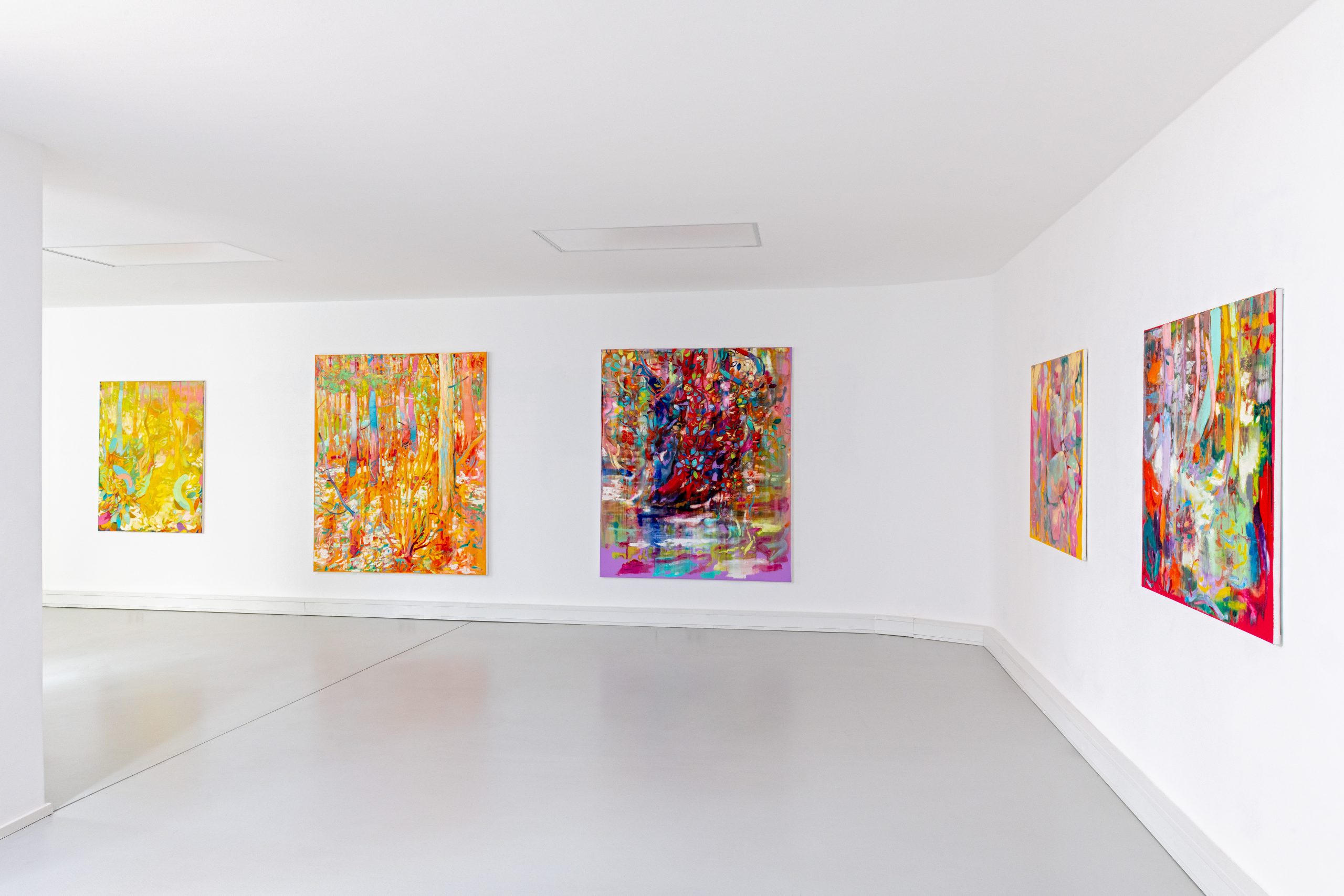
Szilard Huszank
Imagine, Exhibition
2022
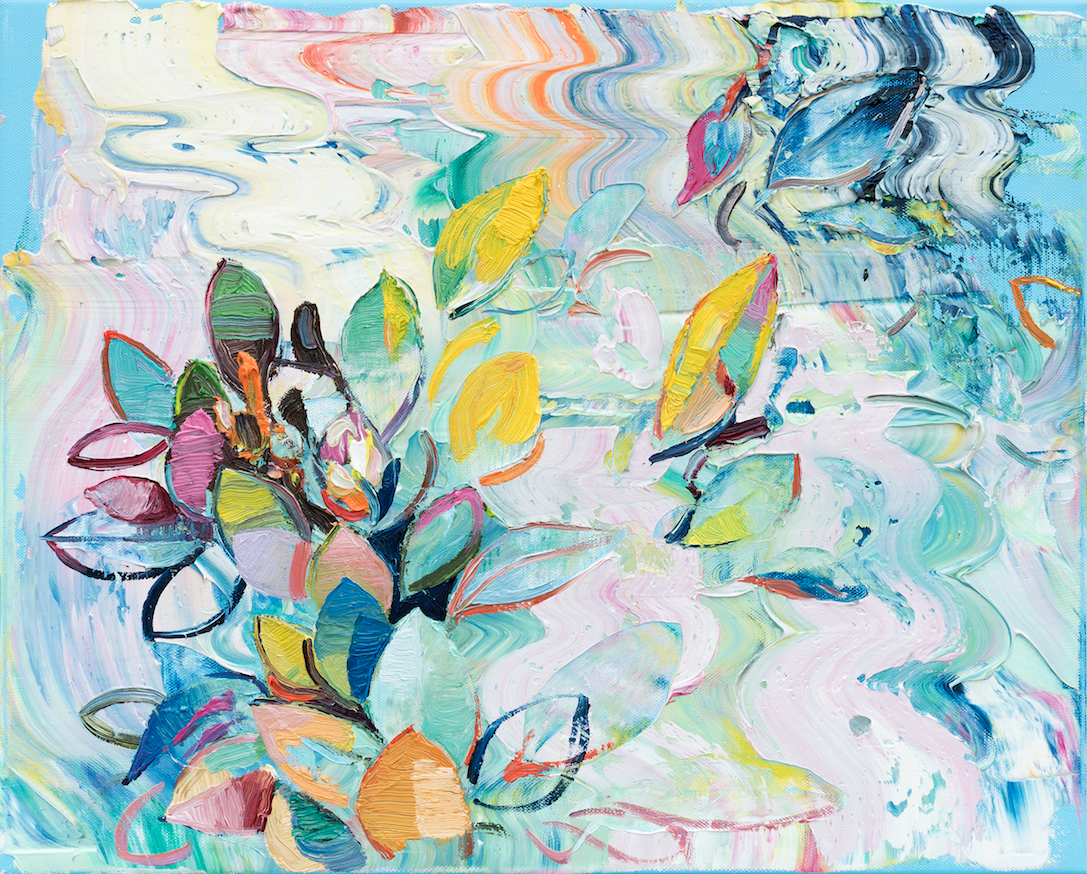
Szilard Huszank
LC Nr. 74 _ 40x50
2020
Oil on canvas
40 x 50 cm
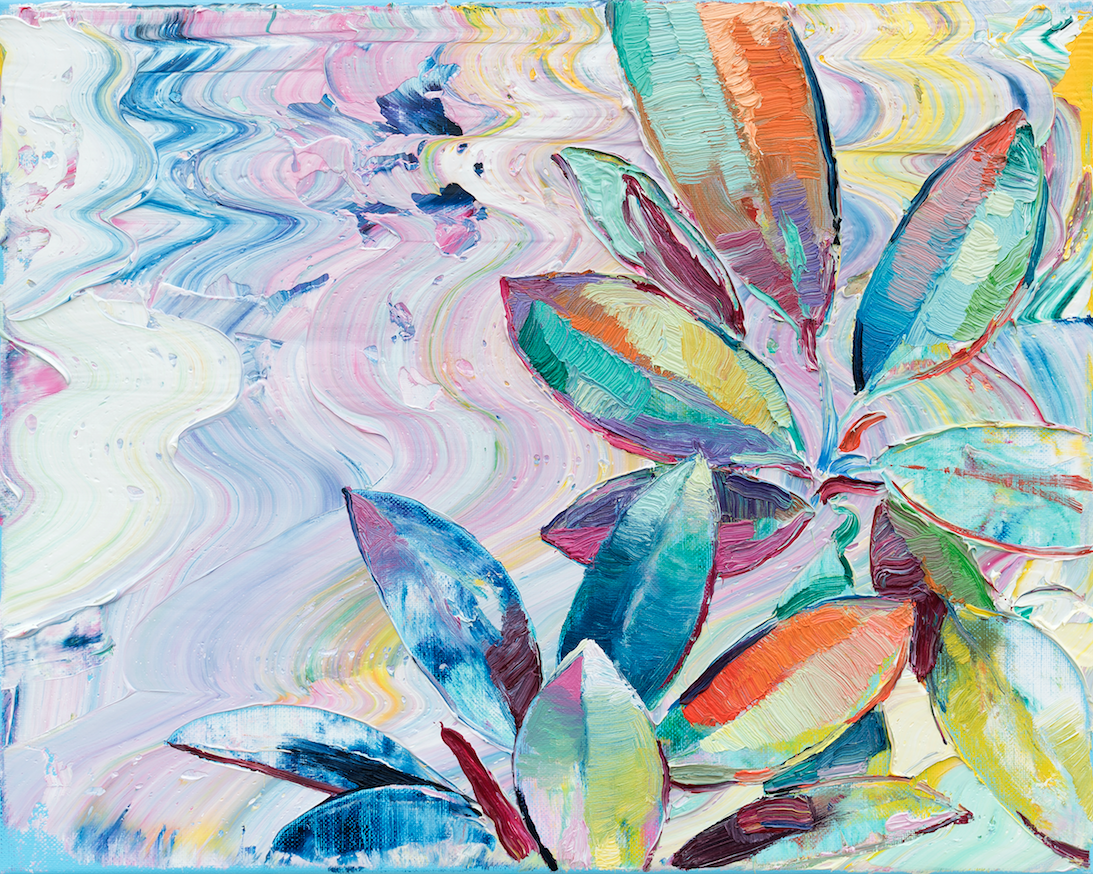
Szilard Huszank
LC Nr. 76 _ 40x50
2020
Oil on canvas
40 x 50 cm
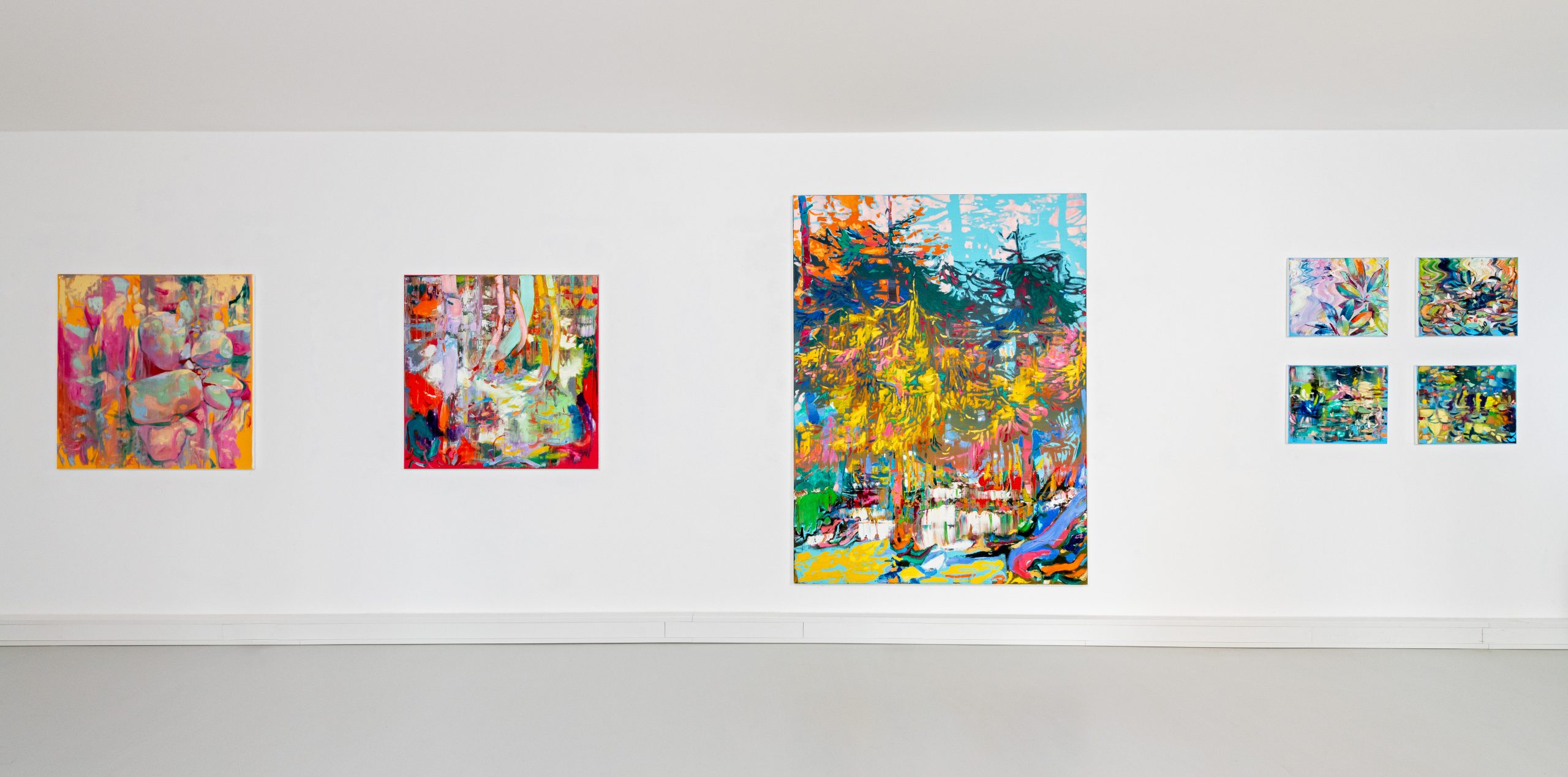
Szilard Huszank
Imagine, Exhibition
2022
Subscribe to our newsletter for ongoing updates on our artists and exhibitions
